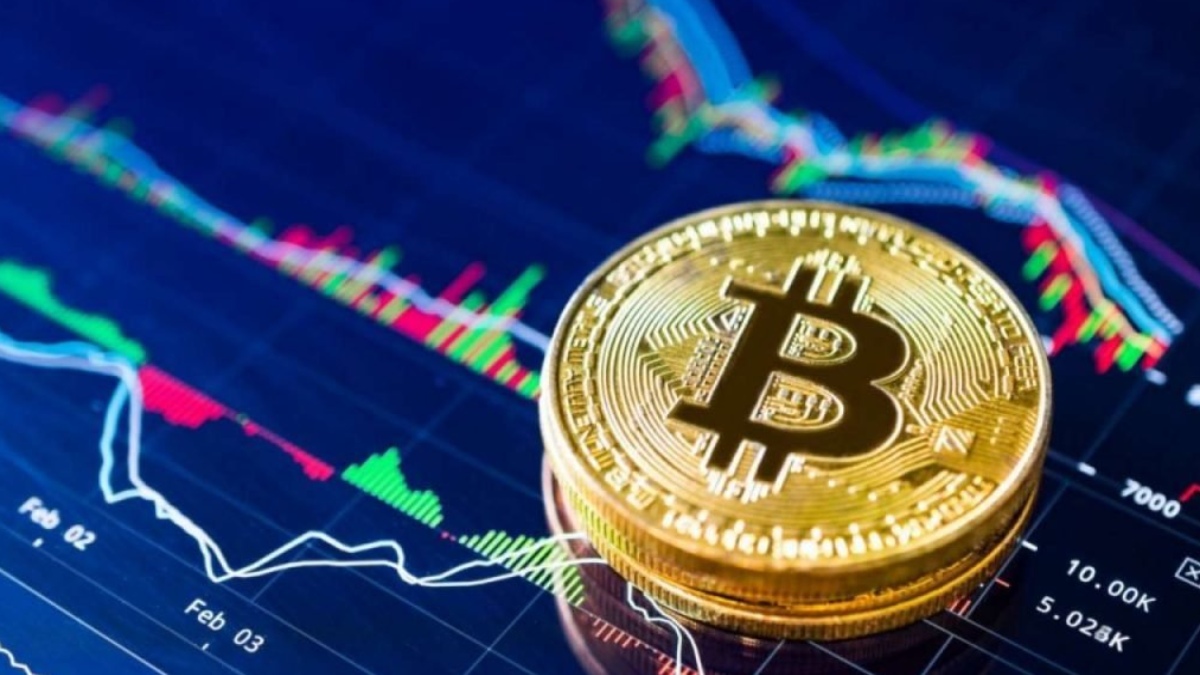


It’s easy to be intimidated crypto startup by Bitcoin (BTC) investment at first, but the process is quite simple if you get down to the nitty-gritty details. For instance, investment in Bitcoin or BTC trading necessitates using a service or exchange account, and extra precautions should be taken when storing Bitcoins offline.
Anyone looking to buy Bitcoin must have access to a cryptocurrency exchange, a valid form of identity, a reliable internet connection, and some way to pay for their purchases. Having a personal wallet in addition to your exchange account is also recommended.
Bitcoin can be purchased with a bank account, debit card, or credit card. Bitcoins (BTC) can be bought and sold directly between users at Bitcoin ATMs and P2P exchanges. However, in the early 2020s, Bitcoin ATMs started requiring progressively more official forms of identification.
In addition, Bitcoin’s volatility is through the roof, so if you’re going to invest in it, you’d better be prepared and know what you’re doing. You shouldn’t invest merely out of FOMO (the fear of missing out).
Tips to Successfully Purchase Bitcoins- What You Need To Know
Breaking Bitcoin investment down into its constituent parts can make what initially seems like a complex process much more manageable. The reliability of Bitcoin exchanges and wallets is growing, making it less challenging to acquire Bitcoin. But it would help if you had a Bitcoin wallet before you thought about buying it.
A “wallet” is the term used in the world of cryptocurrencies, and many different kinds of wallets are available. Bitcoin holders can choose from various secure storage, transfer, and access methods provided by wallets. Bitcoin wallets can be found on desktop computers, mobile devices, websites, hardware, and paper.
It’s important to remember that your Bitcoin is not physically held in your wallet. Instead, it stores the private keys that allow Bitcoin to be spent from a certain address. If a user loses their digital keys, they can no longer sign transactions and, therefore, cannot access their Bitcoin.
Bitcoin Purchasing Guide
Step 1: Choose a service or place where you can trade crypto.
Exchanges are a handy alternative because they provide a variety of services and a more extensive selection of cryptocurrencies for trading, making it possible for investors to purchase, sell, and store cryptocurrency while also allowing their customers to withdraw online crypto wallets for protection.
U.S. law requires users of popular exchanges to provide identification, and these exchanges are not decentralized.
Step 2: Link your exchange to a method of payment
Personal identity, such as a driver’s license or Social Security card photo, and verification of employment and financial resources may be requested at the time of exchange. It’s very similar to opening a standard brokerage account.
Most markets let you link your bank account or debit/credit card for instantaneous funding. You can use a credit card to buy cryptocurrencies, but the price fluctuation of coins and the interest you’ll have to pay could make this a costly endeavor. Although Bitcoin transactions within the United States are not illegal, some financial institutions may scrutinize or even prohibit deposits to cryptocurrency websites and exchanges.
Deposits from bank accounts, debit cards, and credit cards all have different rates, and exchanges levy additional costs for the convenience.
Step 3: Make an order.
Exchanges for cryptocurrencies now have many of the same functions as traditional stock brokerages. There are various order kinds and strategies to invest in cryptocurrency exchanges. Market, limit, and stop-loss orders are available on almost every exchange for trading cryptocurrencies.
Customers can dollar-cost average into their preferred investments using the automated investment features that exchanges provide.
Step 4: Safe Storage
Digital assets can be stored more safely in Bitcoin and cryptocurrency wallets. Investors may guarantee they will always have access to their cryptocurrency by storing it in a wallet rather than an exchange. Using an exchange wallet is an option, but it’s not one we advocate for keeping significant amounts of cryptocurrencies in for the long term.
Conclusion:
There are four stages to buying bitcoins: finding a place to buy them, linking up with a payment method, making a purchase, and keeping the bitcoins secure. Each of these processes calls for an independent investigation and weighing of potential solutions’ benefits and drawbacks. You can purchase Bitcoin using Bitcoin ATMs, various payment processors, and even some traditional stock brokers.